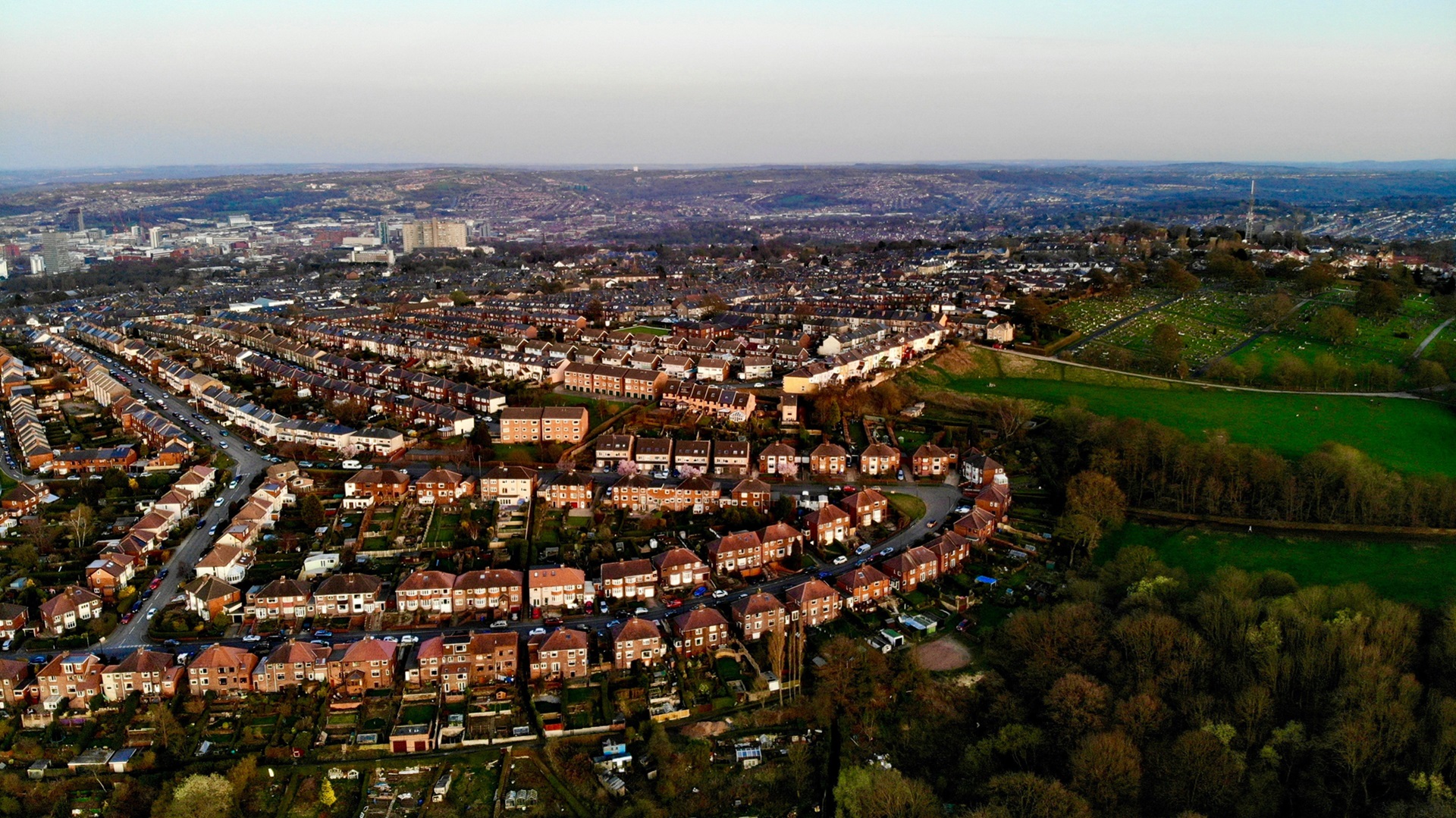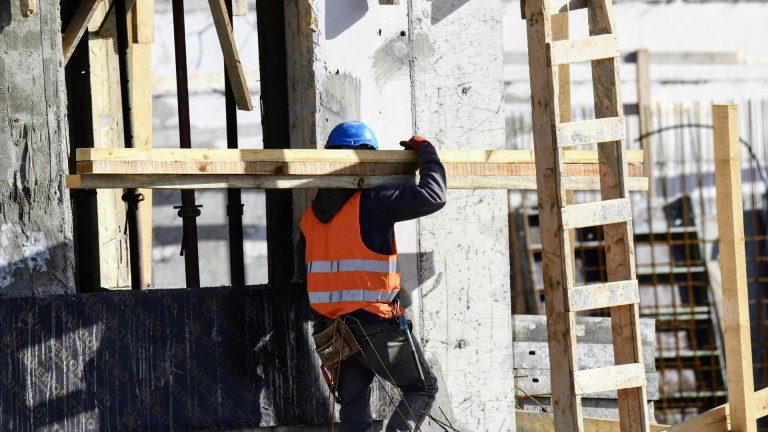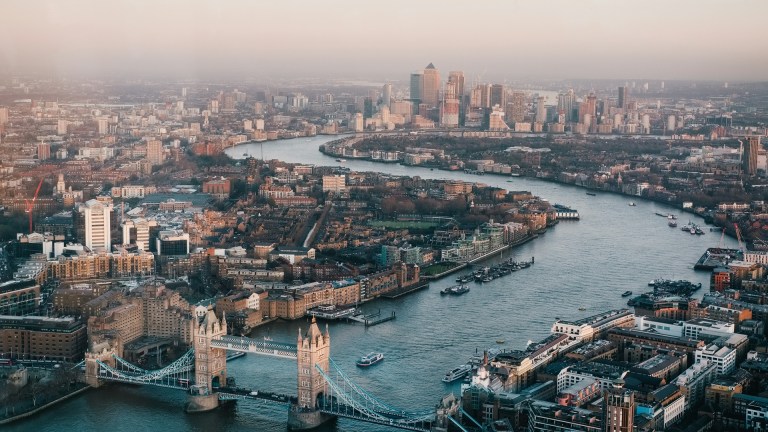“This presents choices for government and society, as well as landlords and residents, about what sort of social housing the country wants.
“This sector has a proud history of tackling social injustice and this housing crisis speaks to new social injustices in health, equality and race and it can rise to this challenge for the benefit of the country. Our calls for a royal commission, which is independent of government and not impeded by politics, could be transformative.”
Building or acquiring more social housing is often cited by experts as one of the key solutions to the current housing crisis.
The failure to build enough social homes and the loss of properties to private ownership through the Right to Buy scheme has seen more than 200,000 affordable homes lost in England over the last decade, the Chartered Institute of Housing warned last year.
Meanwhile, the campaigning of Kwajo Tweneboa, reporting from ITV News and the death of Rochdale toddler Awaab Ishak due to damp and mould in his home has put the state of social housing in the spotlight.
Around one in 10 social rented homes are considered non-decent, according to the English Housing Survey.
Advertising helps fund Big Issue’s mission to end poverty
The government has responded through Awaab’s Law and is currently consulting on plans to force social landlords to carry out emergency repairs within 24 hours or face court action.
A government spokesperson said: “Tragic cases such as that of Awaab Ishak must never happen again. That’s why we’ve introduced Awaab’s law to force social landlords to address hazards such as damp and mould within strict time frames. Landlords must consider the ombudsman’s report carefully and ensure they are taking the needs of vulnerable residents into account.”
The housing ombudsman report also seeks to define how ‘vulnerable’ residents are impacted by their homes.
The regulator described the term ‘vulnerable’ as “imperfect” and called for a statutory definition to ensure social landlords are meeting the needs of their tenants in line with The Equality Act, the Human Rights Act and the Care Act.
Social housing providers should also carry out a ‘resident of the future’ forecast to understand the demographics and profile of their tenants in 10 years’ time.
Blakeway also urged the organisations to assess whether they are providing a ‘human-centric’ service and identify barriers preventing them from doing so.
Advertising helps fund Big Issue’s mission to end poverty
That advice came after some residents criticised their landlord in the ombudsman’s call for evidence.
Most residents rated their landlord between three and five out of five when keeping them informed about changes to rent and service charges.
However, for everything else, more than half of residents rated their landlord at one – this led to one resident describing feeling like a “powerless cash cow”, according to the regulator.
Meanwhile, 68% said their landlord had not made any reasonable adjustments after being asked to.
“Central to our report is what it means to be vulnerable in social housing today, how landlords can respond effectively, and how to do so without stigma or marginalisation,” said Blakeway.
“Too often in our casework, residents’ vulnerabilities are missed or the response is inappropriate. Too often the concept of vulnerability is ill-defined by the landlord. Disrepair in homes or poorly handled anti-social behaviour in neighbourhoods is creating – or exacerbating – vulnerabilities.
Advertising helps fund Big Issue’s mission to end poverty
“Procedures that should adapt lack agility. Staff are not empowered to deliver the right outcome or insufficiently trained to follow the right process. These events can serve to exacerbate the imbalance of power that exists between the resident and landlord, which an ombudsman is designed to redress.”
Do you have a story to tell or opinions to share about this? We want to hear from you. Get in touch and tell us more.









